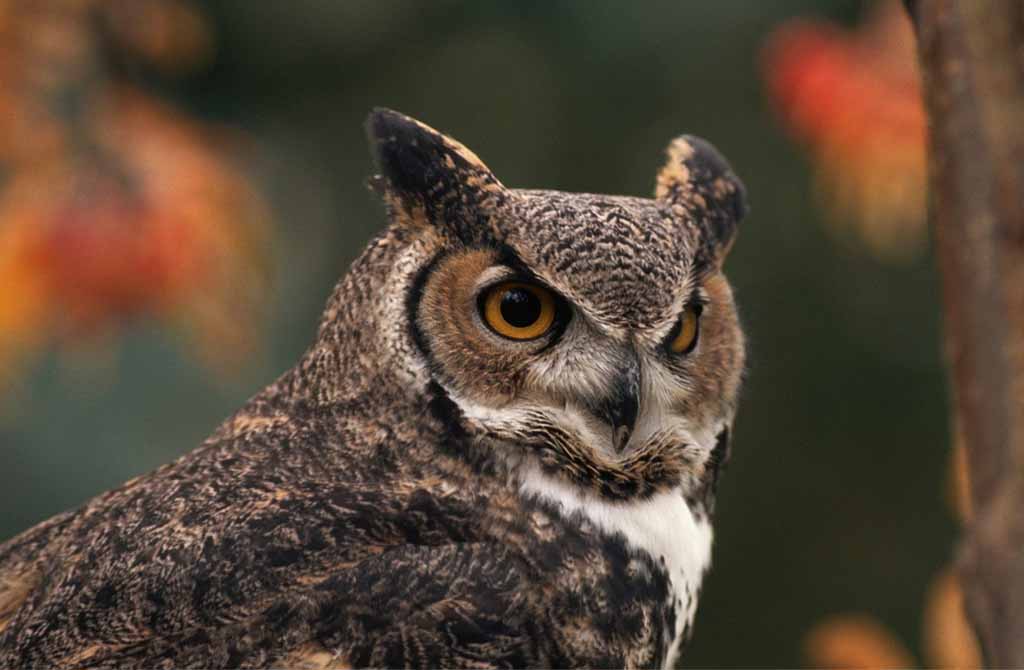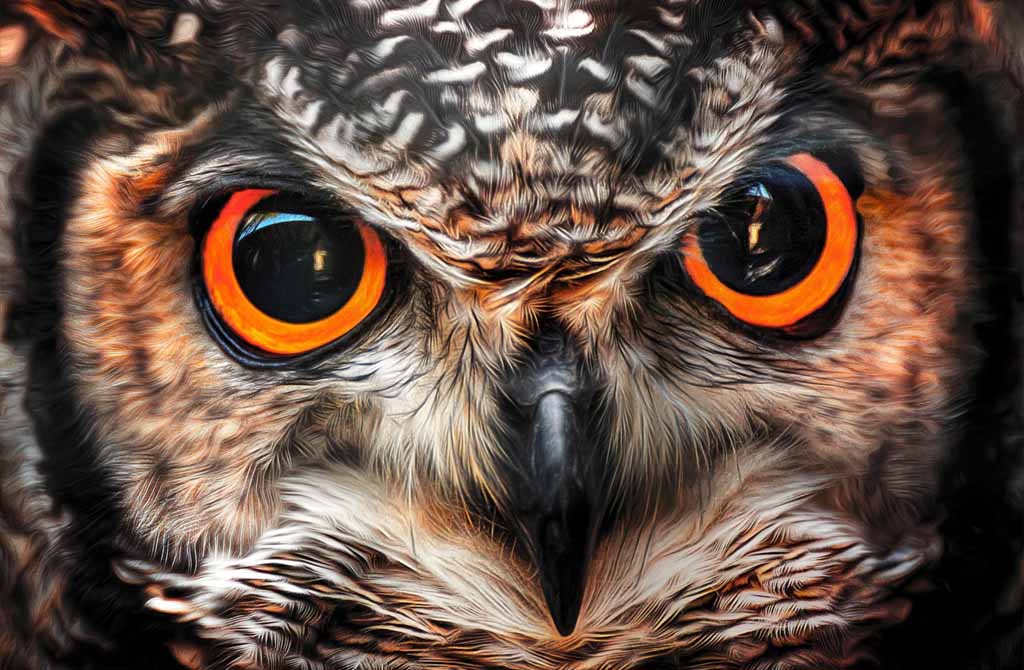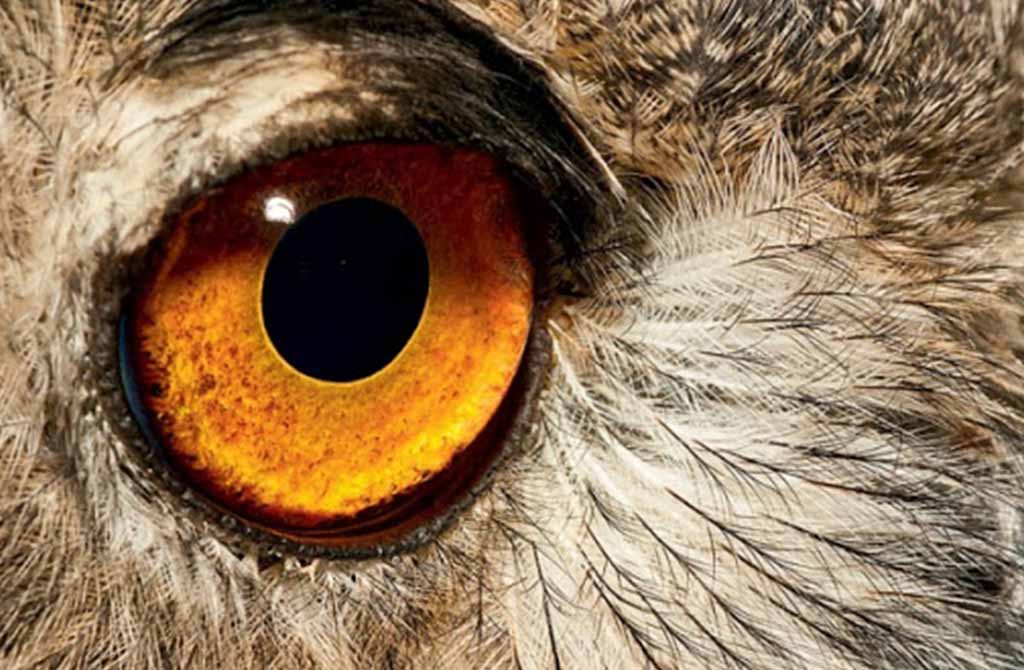June 2, 2020
Precise settings: how owls see and hear
Unlike most birds, they prefer to stay awake at night. Due to this, as well as the fixed gaze of the huge eyes, located not on the sides of the head, as in other birds, but in front, and the unusual sounds by which owls communicate with each other, they have long been attributed magical properties.

The attitude towards owls was ambiguous. They were revered in Ancient Egypt and Mesopotamia, and in Ancient Greece, the owl was a symbol of the goddess of wisdom – Athena. But at the same time, in the same Greece, the owl was a harbinger of trouble and misfortune, and in Europe in the middle ages, they, along with black cats, were considered accomplices of witches or even witches themselves, who took the form of a bird. In more modern fairy tales and legends, the owl is a wise bird that helps other characters with advice.
Owls have several secrets that help them navigate perfectly and search for prey in the dark. And they have nothing to do with mysticism or witchcraft.
Owl vision
The owl's huge eyes are its "calling card". They differ from the eyes of other birds in their structure, location, and visual features.

- The owl's eyes are not round, but telescopic.

It is said that owls can see in complete darkness, and become blind and helpless during the day. This is not true.
- Owls see well both day and night, because their pupils can very quickly narrow and expand, adapting to the light.

- Can owls distinguish colors?

- The owl's eyes are fixed.

- Unlike other birds, the eyes of owls are located in front, and their vision is binocular, like that of a human.

And the last curious fact, which does not affect the vision, but helps to better understand these unusual birds.
- The mood of an owl can be determined by ... blinking.
Owl hearing
The owl's hearing is even finer and sharper than its vision. They say owls hear four times better than cats. It is hearing that helps them navigate and catch prey in the dark. How and why does this happen?

- The ears of owls, like the eyes, are arranged in a special way.
Their auditory openings are large, and the skin fold and special feathers arranged like a horn around it form a funnel that picks up even the quietest sounds. In addition, owls have a large spherical eardrum.
The inner ear also has its own characteristics: the cochlea is long and contains a greater number of sound-trapping nerve endings. And the brain centers responsible for processing audio signals are made up of more neurons than other birds. For example, one of these centers, the magnocellular nucleus, consists of 16-22 thousand neurons. For comparison, the pigeon out of only 3 thousand.

- Owls can detect the source of sound very accurately.

- I must say that the hearing of owls is selective and has special settings: important sounds, such as the squeak of a mouse or the cry of a chick, it filters out from the unimportant ones and takes them first. Best of all, owls hear sounds at a frequency of 3000-7000 vibrations per second.
So we can say that the owl's sense organs are perfectly adapted to solve their task: to make their owner an ideal nocturnal predator, able to find and overtake in the dark even the most nimble and inconspicuous prey.
Author: Maria Astakhova
Read more
July 31, 2024
April 12, 2024
April 5, 2024